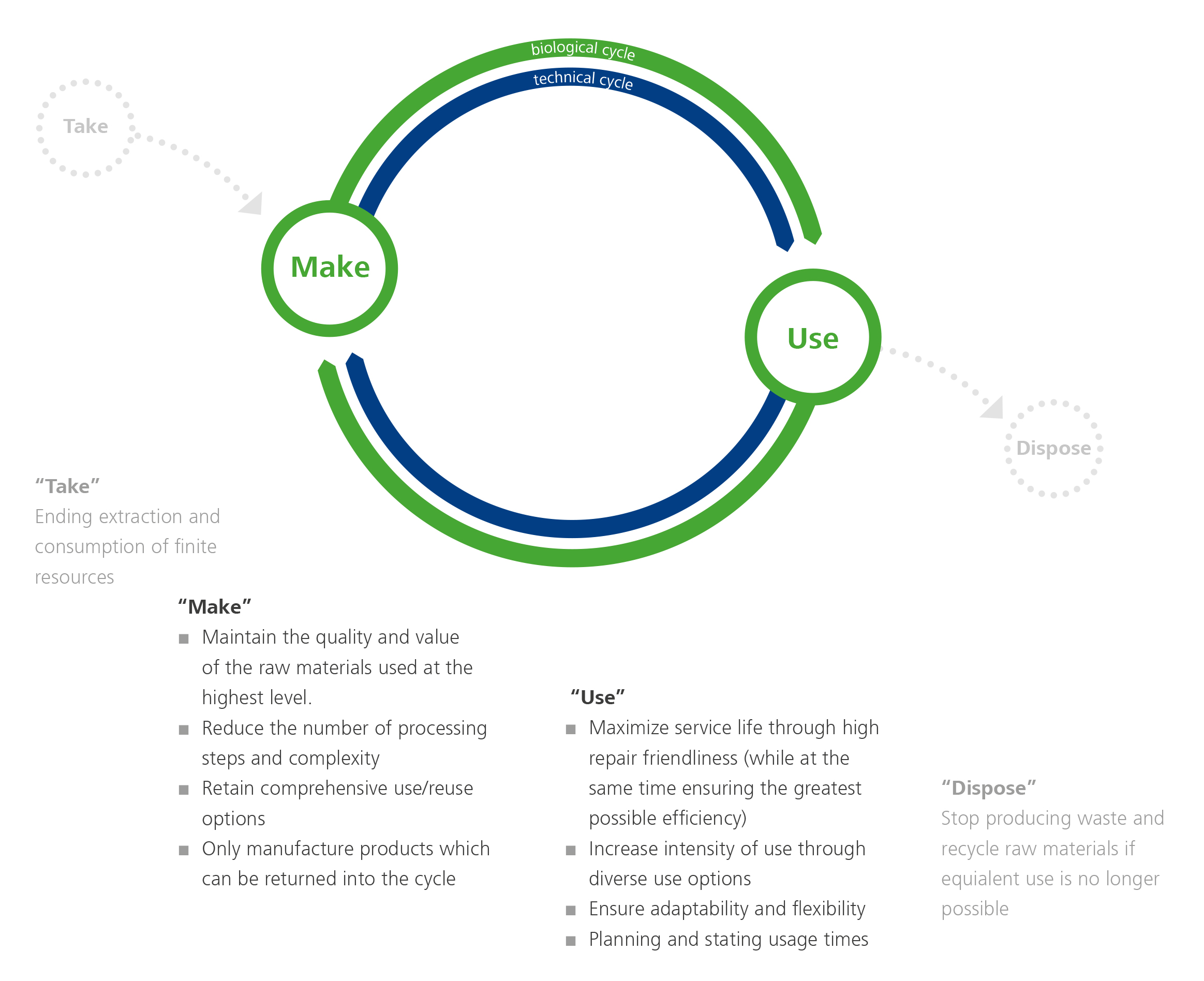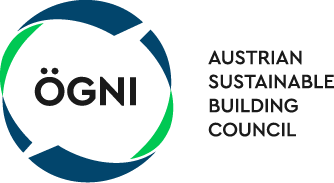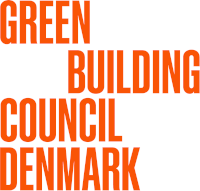Zero pollution in the construction and real estate sector will only be achieved by mainstreaming and firmly embedding circularity principles in organisational strategies and daily professional practices
For this to happen we see the need for:
Changing aesthetic perceptions around materials
Large-scale public acceptance of and demand for recycled and reused construction materials are a key prerequisite for mainstreaming circularity in the built environment. Yet, promoting the use of second-hand materials is often still hampered by aesthetic prejudices in our part of the world which is why the concepts of “re-beauty and lovability” in relation to (re-)used building materials and components constitute core elements of successfully changing mindsets and embedding circularity principles in design and construction.
Increasing durability and longevity through new product and design approaches
Increasing the durability and longevity of buildings and materials will greatly contribute to making the sector more circular. New product and design approaches – both regarding biological and technical cycles – are needed to improve adaptability and flexibility to make buildings (and their components ) stand the test of time in terms of resilience and changing user preferences and needs.
Data, data, data
Progress on market transformation from linear towards circular construction and real estate is largely dependent on the availability of reliable whole-life cycle building data.

DGNB (2019): Circular Economy. Closing loops means being fit for the future.








